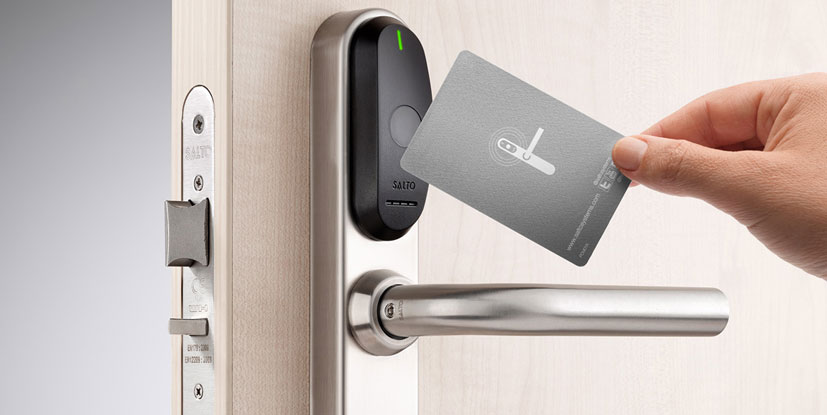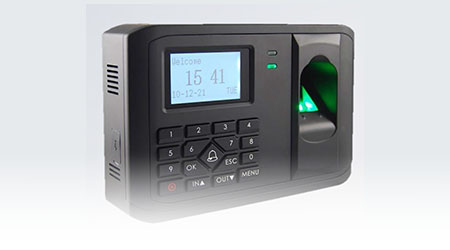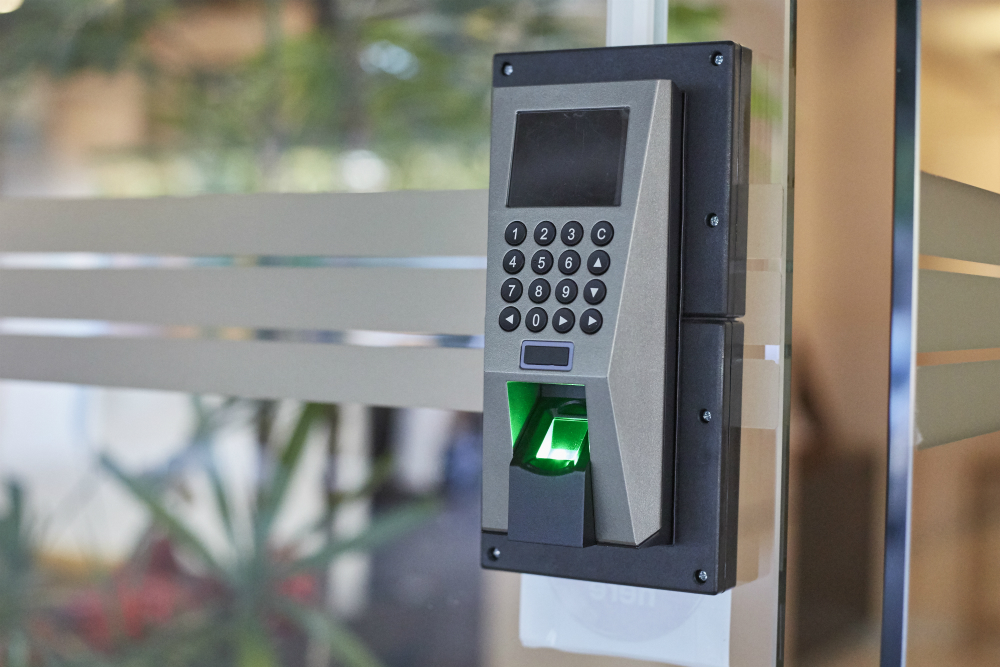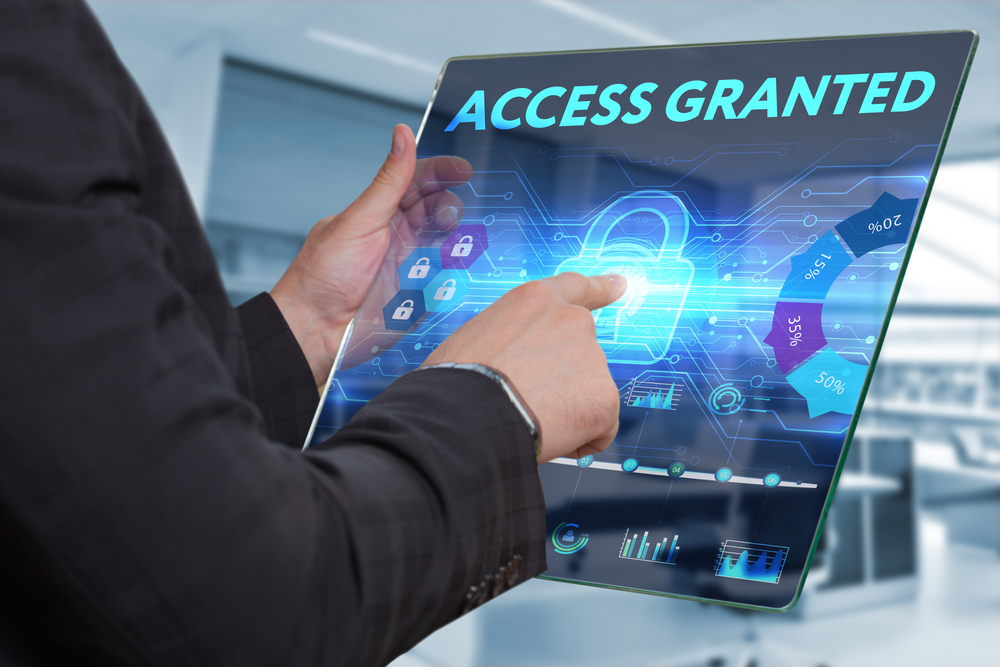The number one law of nature is self-preservation. It is a law that drives the need for security for a country, business and family.
We go the extra mile to enforce border controls among others. We do this because we want to be sure that we only grant access to people we can trust.

Giving access control assumes authorization to use, consume or otherwise control of a protected good. Whether you are trying to protect your property, every security system begins with how you control access.
The term access control refers to the practice of restricting entrance to a property, a building, or a room to authorized persons. Physical access control can be achieved by a human (a guard, bouncer, or receptionist), through mechanical means such as locks and keys, or through technological means such as access control systems like the mantrap.
In this blog I dive into the world of an access control system, giving you every information that will help you make inform decisions.
Ready, let go!
Physical Vs Electronic Access Control.
Physical Access Control
Physical access control is a matter of who, where, and when. An access control system determines who is allowed to enter or exit, where they are allowed to exit or enter, and when they are allowed to enter or exit. Historically, this was partially accomplished through mechanical keys and locks.
Mechanical locks and keys do not allow restriction of the key holder to specific times or dates. Mechanical locks and keys do not provide records of the key used on any specific door, and the keys can be easily copied or transferred to an unauthorized person. When a mechanical key is lost or the key holder is no longer authorized to use the protected area, the locks must be re-keyed.
Electronic Access Control
Electronic access control uses computers to solve the limitations of mechanical locks and keys. A wide range of credentials can be used to replace mechanical keys. The electronic system grants access based on the credential presented. When access is granted, the door is unlocked for a predetermined time and the transaction is recorded. When access is refused, the door remains locked and the attempted access is recorded. The system will also monitor the door and alarm if the door is forced open or held open too long after being unlocked
The Elements of Access Control Systems
Access control can be broken down into three core elements. Essentially, these distinct elements define how access control systems work.
Identification:
The main aim of an access control system is to protect your building from unauthorized access and control the movement of people within. For this reason, the system must enable you to determine the identity of any individual entering the building or accessing any of the secure areas within the building.
Authentication
After the system has identified an individual, it is imperative that his/her identity is authenticated to ensure that only the right persons are granted access. You can achieve authentication using a variety of methods including passwords, encryption keys, smartcards, and fingerprints.
Authorization
With successful authentication, building access control systems are able to grant individuals, access to the building or other restricted areas, based on the set criteria.
How Access Control Systems Work
When a piece of information is presented to an access control system, the system reads it and sends the information, usually a number, to a control panel, a highly reliable processor. The control panel compares the data to an access control list, grants or denies the presented request, and sends a transaction log to a database.
When access is denied based on the access control list, the door remains locked. If there is a match between the credential and the access control list, the control panel operates a relay that in turn unlocks the door.
The control panel also ignores a door open signal to prevent an alarm. Often the system provides feedback, such as a flashing red LED for an access denied and a flashing green LED for an access granted.
Two-Factor authentication can be used too for better security. In a two way authentication, the presented data and a second factor are needed for access to be granted; another factor can be a PIN, a second credential, operator intervention, or a biometric input.
Types of Access Control Systems
The number and type of access control devices vary based on the complexity of the system. There are basically three types of access control systems that are available in security systems.
Basic access control systems.
With these systems, users gain access by inputting a PIN into a keypad which then triggers a locking mechanism to unlock the door. The system does not make decisions about who is permitted to enter but simply gives access to anyone with a code.
Semi-intelligent access control systems.
These systems have everything necessary to control a door (access to a lock, a magnetic door contact, and an exit button) but do not make access decisions based on who is trying to get in. If a person presents a card or enters a pin, the reader relays information to the main controller and awaits a response. These systems can be adjusted to allow certain people access to certain places, but always requires a person to input that access into the controller.
Intelligent access control systems.
Controlling access points like semi-intelligent readers, intelligent readers take the technology a step further by connecting directly to a PC that can fully integrate access information, track a person’s whereabouts, time signatures and activities and provide an owner with an overall picture of what is happening while they are gone. Intelligent readers are especially useful in home security systems where people can check up on their home, kids or pets remotely from their smartphone.
How You Can Benefit from Access Control Systems
Have you chosen an access control system for your business? If not, here are some reasons why you should choose one right away!
No more hassle of duplicating the keys
Every single time you duplicate the key to your building, you are taking a risk, that way an individual other than you can access your property. Sure, you can make them “non-reproducible”, but there are always ways of getting around that. All it takes is one disgruntled employee to create a situation that can have devastating results, like theft, vandalism, and even more serious criminal activity.
You might have to change the locks every single time an employee leaves the organization, this option could prove to be highly expensive and it still won’t stop the current employees from sharing the keys if they wanted to.
Employee protection
In present times threats are endless, you never know what kind of people walk through your door. To avoid breakthroughs you need to get an access control system for your premises. This way you will be able to successfully prevent the unauthorized individuals from entering the premises, protecting the people who are supposed to be in there working for you.
You will have peace of mind that will increase your job satisfaction and productivity. When your staff feels they are safe from harm during their work hours, they will be able to give in their best every day when they come to work and that will boost the overall productivity of your business.
Activity monitoring and reporting
An access control system will take note of every person who walks in and out of your door throughout the day. If in an unfortunate circumstance a criminal or intruder were to trespass your premises, this log will prove invaluable in resolving the cases. It can also monitor areas like the card clocks to resolve any timekeeping issues that you might be experiencing. Furthermore, the reports can be generated to determine employee tardiness and other issues that decrease productivity.
It can keep tabs on staff and control their access
If you are a business owner who has employees or contractors, like janitorial staffs who tend to work more than the normal working hours, you can restrict their access to hours and days when they absolutely need to be there.
Additionally, every office might have employees that can have access to only particular areas that are important for their work, and not others. This is crucial in restricting access to sensitive areas or data to only those with the need and clearance to know. An access control system has the power to program ID credentials to limit access to certain areas only.
Integration
One of the biggest advantages that you need to take into consideration when getting an access control is the integration capabilities that it offers the recipients with. Many organizations whether it public or commercial use a variety of systems throughout their organization, many of which need different forms of tokens to be controlled. Access control ID cards can be programmed to integrate with existing in-house systems such as vending machines, barriers, catering, print management and even PC’s. They also double up and act as an ID card where various information and images can easily be printed on them.
Your Turn,
Are you looking to buy an access control system for your home or office? Are you looking to ensure the safety and security premises? Global Sky Limited offers personalized solutions for every environment. Book a meeting today for a free






